Carbureted or Turbocharged: Which Corvair is right for you?
If you’re a car enthusiast or merely of a certain age, you’ve heard of the Chevrolet Corvair. The car’s safety at any speed is a well-trodden conversation, as are the design differences between the model’s two generations. Among Corvair collectors, though, conversations about the car’s merits are more nuanced, and rightfully so: The Corvair could be had in a swath of flavors throughout its life.
Perhaps chief among the influencing factors of your Corvair experience is what engine you pick. As with the rest of the car, there were several options. Which air-cooled six-cylinder engine is best? Coming from a Corvair owner, the answer is simple: It depends.
Chevrolet gave buyers a surprising amount of variation for the rear-engined Corvair, but those in the know seek out two configurations more than any others: The turbocharged engines, making 150 or 180 horsepower; or the naturally aspirated versions, cranking out 140.
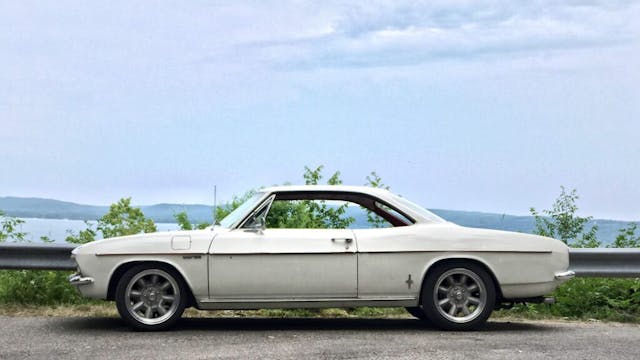
The 150-hp turbo was introduced in the 1962 model year as the new “Spyder” option. It was the first time Chevrolet put a turbocharger on a production car, and it was an admittedly rudimentary system by today’s standards. The Carter YH carburetor was placed before the turbocharger as a draw-through arrangement. This limited boost only to what air could be pulled through the relatively small Carter carb and then compressed into the long intake runner that spanned the aluminum cylinder heads on opposite sides of the flat-six engine.
As such, a turbo car is known for not being able to take advantage of its boost until third or fourth gear, even when it’s perfectly tuned and set up. This can make these Corvairs a little lackluster in stop-and-go traffic, but they come on strong once rolling and spooled up.
On the other side of the coin is the 140-hp engine that came out in 1965. The turbo cars may have been literally breathing through a straw, but the 140-hp engine had to drink from a fire hose. A quartet of Rochester carbs—HV-model primaries and H-model secondaries—are operated with a progressive linkage that gives a second kick in the pants as the driver presses the throttle to the floor, opening up all four throttle blades.
Each Rochester is capable of roughly 100cfm airflow, which is a whole lot of carburetor—400cfm total—on a relatively small 164-cubic inch engine. It’s a tried-and-true system, though, and the theory that an engine will only pull what it needs comes from situations like this. Just like the turbocharged engines, the 140-hp models have their weak points. The 140-hp engines had the largest valves of any Corvair engine and thus the valve seats pressed into the head have a tendency to drop out and cause chaos in the combustion chamber.
Both have similar power and some compromise on performance and reliability. So why choose one over the other?
Having spent over 16 years in the Corvair community myself, and owning the white, naturally aspirated ’65 Corsa you see here for six of them, I think the answer comes down to two factors: drivability and history.
Buyers of “driver” cars often shop for the 140-hp cars due to their motor’s flatter torque curve and easier tuning compared to the mills of the turbo cars. This leaves the boosted engines for those who want to own a milestone of unique tech that was cutting-edge for its time. Even if they are choosing the comparatively boring engine, like I did, the Corvair is still a great driving car with character and history to spare.
Fortunately, cost is not a significant factor for those weighing their Corvair engine choices. In order to be as apples-to-apples as possible, we took a look at values for 1966 Corvairs in the same Corsa trim, with the engines being the only major difference. An Excellent, #2-condition, 180-hp turbo car only carries a $1200 premium over its same-condition, carbed sibling, while the delta shrinks to only $500 between #3 (Good) condition, driver-quality cars.
Corvairs have long been the affordable little brother to the heavy-hitter big-body cars of the 1960s, though that doesn’t seem to have endeared them to younger generations looking for an entry point into American cars from the ‘60s. The lion’s share of quotes sought from Hagerty for Corvairs comes from boomers, and that percentage outstrips their overall position in the market. Gen-X’s interest is about evenly spread across both generations of the car, but interestingly, millennial and Gen-Z generations have shown more love for the first-gen Corvair.
Those who count themselves among the Corvair faithful are drawn to its history and misunderstood nature. Their die-hard enthusiasm and taste for intricate and unique details is a big part of what’s kept the community for this outcast Chevrolet thriving. The choice between turbocharging or carburetion merely adds another layer to how the Corvair is appreciated.
***
Check out the Hagerty Media homepage so you don’t miss a single story, or better yet, bookmark it. To get our best stories delivered right to your inbox, subscribe to our newsletters.
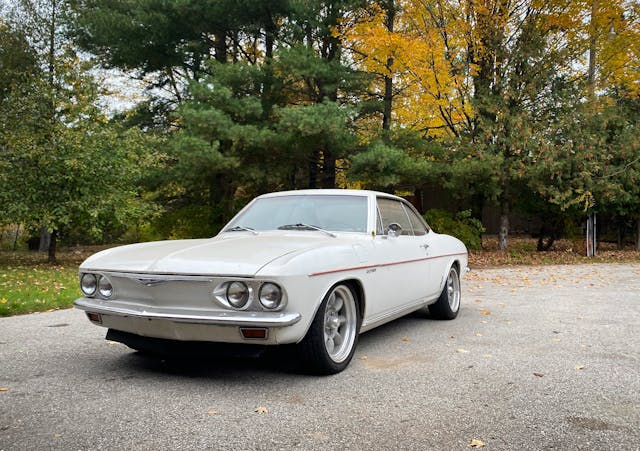
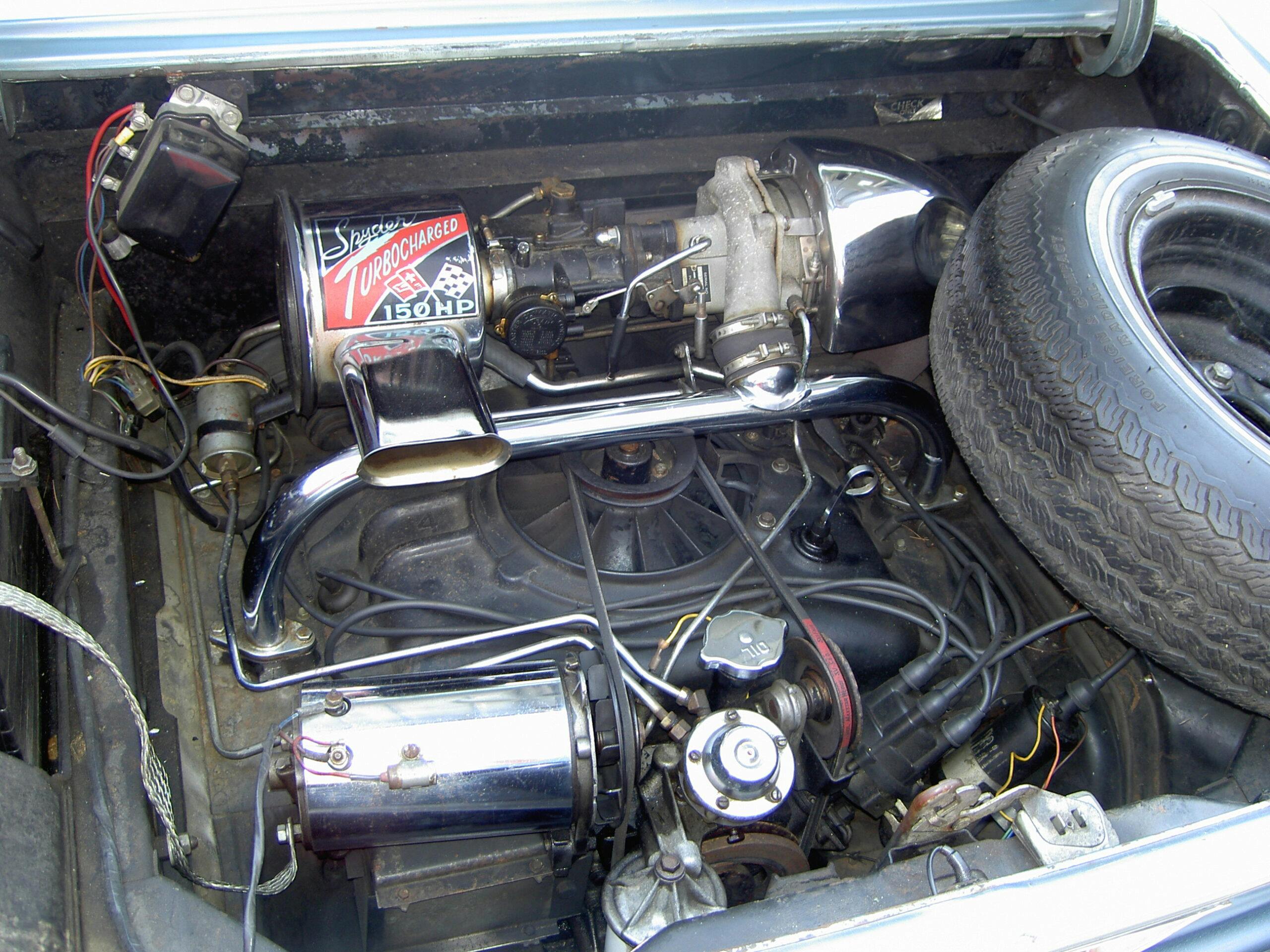
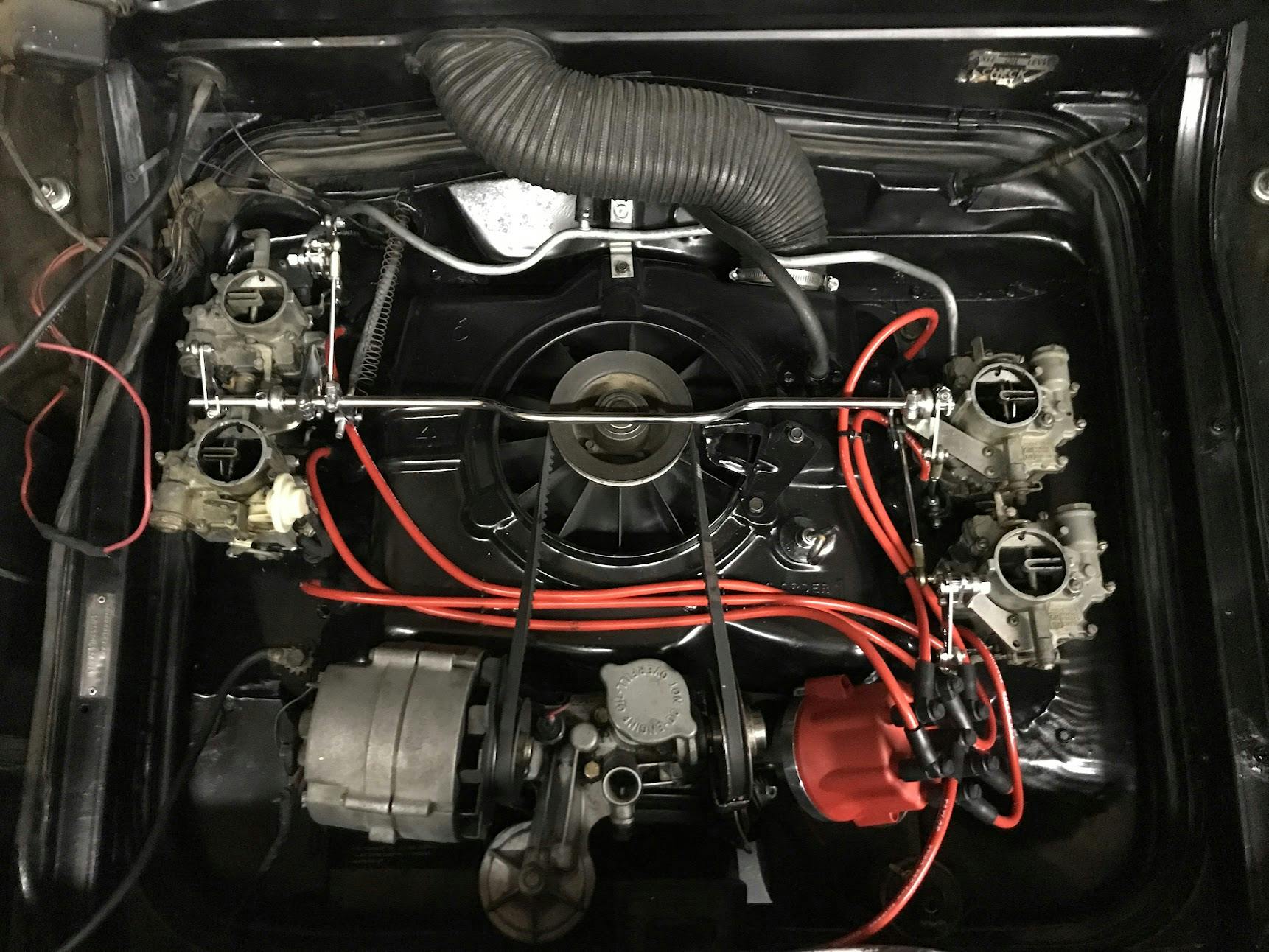
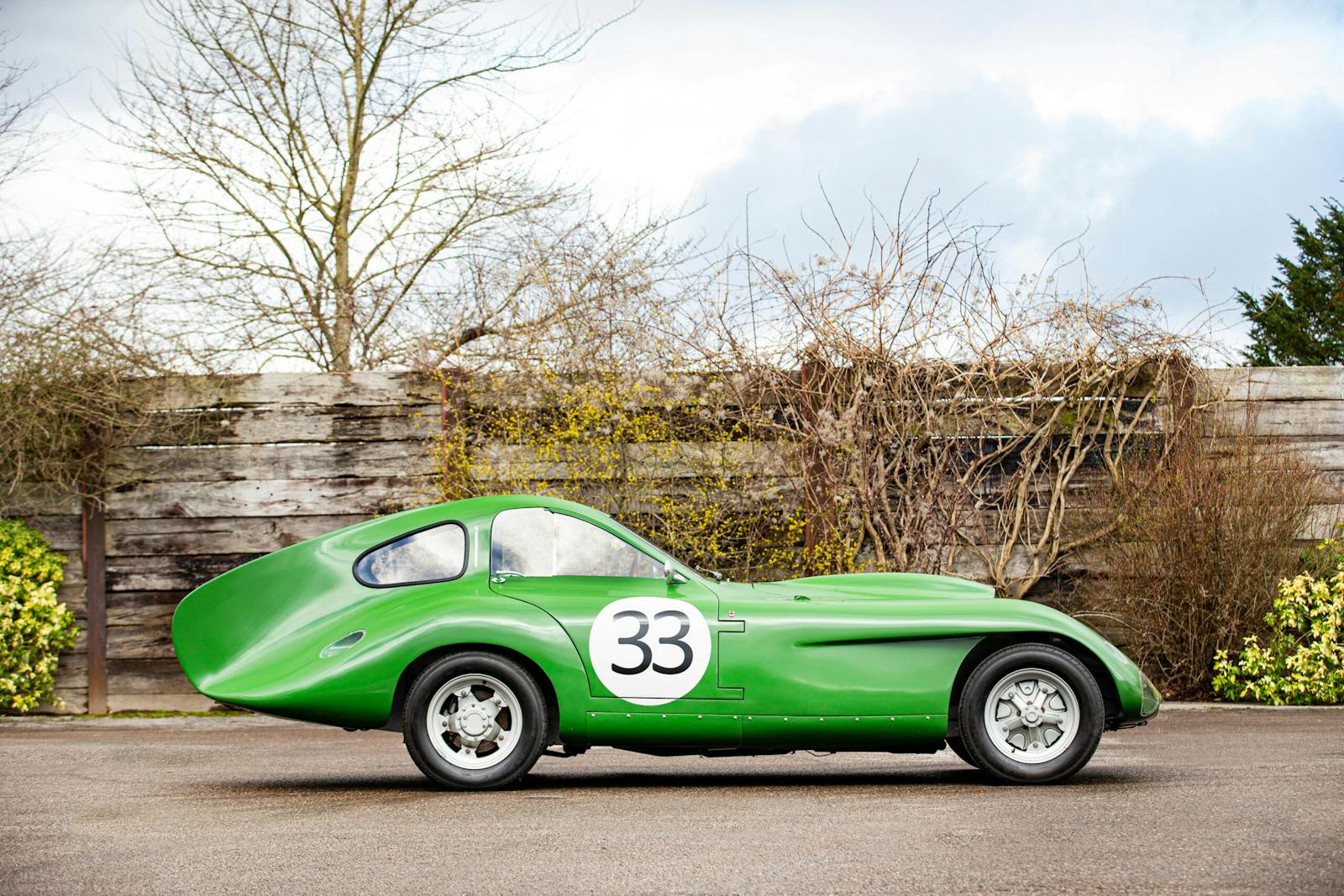
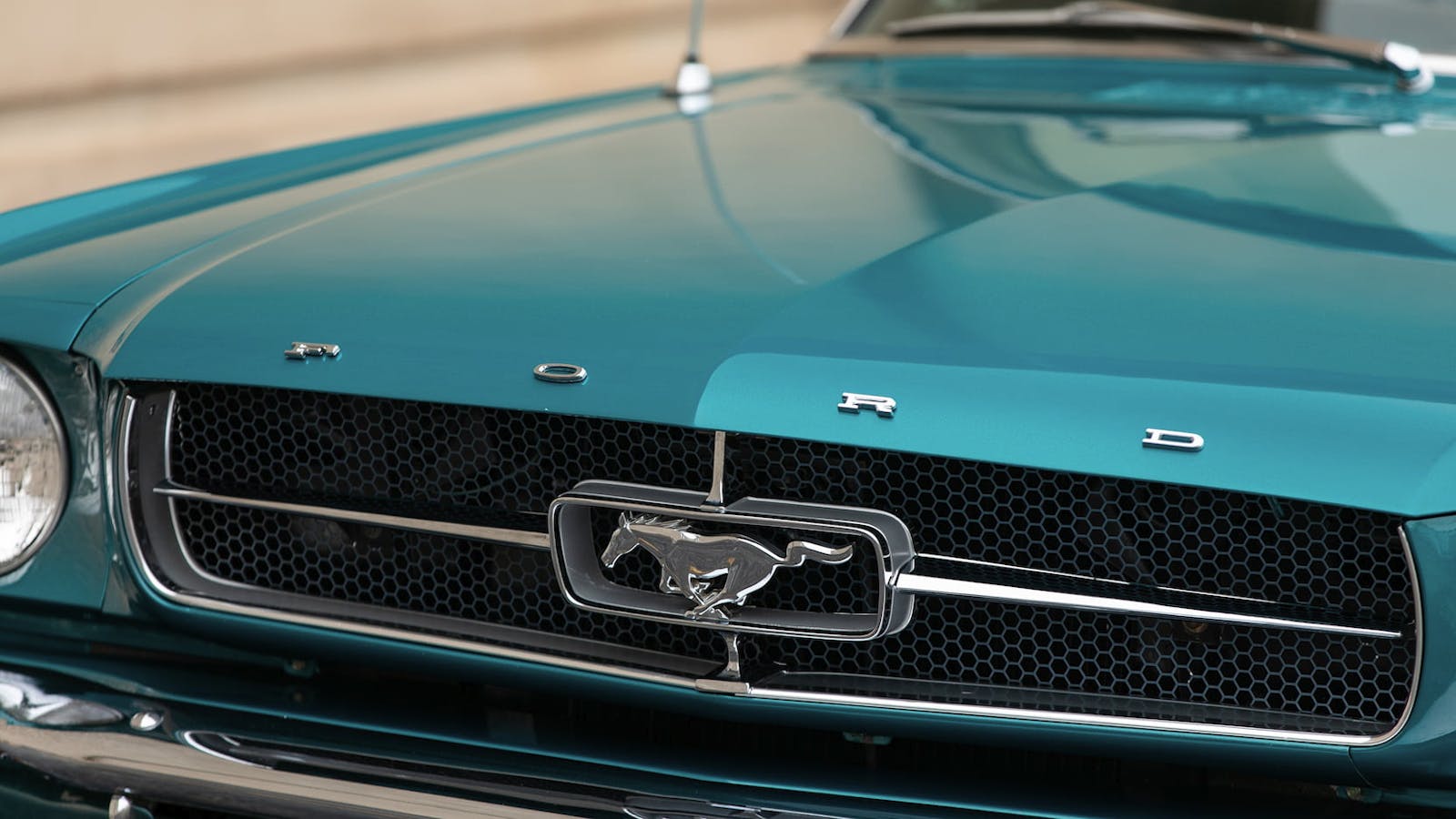
Much of the love I think has to do with the fact Boomer likely remember and or have driven these.
Today it is not easy to get a drive in a Corvair. I have only driven a couple friends had .
Not impossible. That would imply that the reputation of “Unsafe at Any Speed” didn’t stick to a good number of those who were there when it was new, and it took two generations to wash that stigma away enough to not be a sticking point for buyers. You could sell me that line of thought.
Kyle,
What is your wheel and tire size that you are currently sporting and how do you like the handling? I love the look. I picked up a 180 turbo Corsa convertible last fall and it needs new tires so I am thinking about new wheels as well. Please share your opinions.
The wheels and tires pictured on my car are 17×8″ rear and 17×7″ front from ET Mags, model LT-III. Wheels and tire sizing is:
Front – 17×7 with 4 inch backspace with 215/45R17 tire
Rear – 17×8 with 4.5 inch backspace with 225/50R17 (1″ taller than stock for slightly lower RPM on the highway)
Personally I think the combination looks great, but it is a fairly heavy wheel and that can be felt in acceleration and handling just a bit. Not enough that I wouldn’t recommend this setup, but it is worth mentioning.
I liked the looks of the Olds Cutlas wheels and added them on my 1966 Monza coupe.
Had Olds wheels on the Greenbrier that was in my garage for a few years before purchasing this Corsa coupe. They work well with just about all Corvair body styles!
Maxxis 185/80R13 wsw for driving
Firestone 7.00-13 (Coker) for originality/shows
Thank you Kyle!
Unsafe at Any Speed made you think Corvairs would roll over every 3rd or 4th time you took one for a drive. When it was pointed out that Corvairs were RARELY turning over during accidents (low center of gravity with the flat engine), car-people understood that Nader’s book was entirely unrealistic about the roll-over prone (supposedly) Corvair. And by the time the book came out, GM had already dealt with the swing-axle with an anti-jacking fix, so NONE of the conditions described in Unsafe at Any Speed actually existed on Corvairs any longer and early Corvairs could be “fixed” quickly and cheaply to banish any sort of suspension jacking, even if steering wheel motions are performed TRYING to make the suspension jack up and turn the car over. Those dumbass steering inputs in the book were something no normal person would have ever done behind the wheel unless they were intentionally trying to roll the car over. PS – Corvairs look best without the rub-strip down the side of the body… it’s practical to have the rub strip, but it doesn’t help the looks of the cars.
Correct, as I pointed out in the article this piece was not about the Nader history of the Corvair, and having owned a Corvair for more than a decade, I am well familiar with the claims laid out there and their real world merits (or lack thereof.)
And while I do agree that the rub strip down the side of the car is not beautiful, this was the car I could afford and a previous owner drilled the body and riveted those strips on. I would love to remove them but a writer’s salary does not make a paint job something that will be happening anytime soon. Rather than driving around in something with a bunch of patches down both sides, I elect to leave that strip on.
I’ve owned a few Corvairs, the last one being a brand new 1965 Corsa 140. I replaced the single air cleaner with 4 individual air cleaners and adjusted the timing to make it more completive in autocross competition. It is the only car that I easily exceeded beyond the redline in 4th gear. The car never felt unsecure and I felt like I was one with the car. It’s handling and communication with me was incredible. I’m 81 and still miss this car.
You compare turbo vs carbed Corvairs.
Turbo versions were also carbed. They sure weren’t injected!
Yep, all Corvairs had carbs, turbo or not.
Bought. A. New. Corvair. In. June. 1965
110. Engine. 4. Speed. Manual.
Never. Considered. The. Turbo. Because
I. Heard. It. Was. Trouble. Prone. Looking. Back. Should. Have. Bought. A. New. K10. 4. Wheel. Drive. Short. Box. Styleside. Back. Then. The. Base. Price. 2500. Dollars .
It. Was. Capable. Of. So. Many. Tasks. Like
Snow. Plowing. Towing. High. Ground. Clear
This.is.not.a.good.look. Somebody.is.messing.with.you.if.you.think.every.word.gets.a.period.
I bought a new turbo Corsa in 65 and loved it . Plenty fast back then …..Wish I had it today. Great handling little car
The title is a bit misleading since the turbo version was also carbureted. I always liked the Corvair (I’m a Boomer). It was as good as anything else on the road back then. My guess is, GM probably refused to pay Nader a kickback for a good review.
Our family had five Corvairs, three of them were mine. My mom had a 66 110, my grandmother had a 61 Monza and I had three Corsas, two 140’s and a ’65 180 turbo Corsa convertible. The turbo was balanced and blueprinted with a Sig Erson cam and a 2″ SU carb and upgraded turbo. It was much faster than your average Corvair – we estimated around 250HP. They were great cars with some of the best styling to ever come out of GM.
I’m currently restoring a ’66 Corsa. It will be seldom driven much of the year so I intend to install an aftermarket throttlebody fuel injection system. Carburetors don’t like long periods of garage time
I own TWO of the Gen II (1965-69) cars. The old Corvair joke is “They are so inexpensive you can’t own just one”. Once an auto writer visited our club and was repeatedly asking one fellow “Why do you like Covairs”. The fellow finally said “They are fun cars”. They also have a enthusiastic support among owners, which does keep them going since the drivetrain is so different it is hard to find mechanics. That results in a lot of owners learning to do their own repairs – with the help of other club members. Your take on the turbo vs. the four carburetor engine is pretty fair. I’ll add that yes the big valve 140HP engines are prone to dropping valve seats, but it fixed with the installation of deep valve seats. Over the decades the “turbo” has seen a lot of creative experimentation. Today you can avoid the turbo lag with modern computer controlled EFI, igniton packs, wastegate, etc. Yes the younger crowd like the EM cars (1960-64) and I’m not surprised. During it’s time the EM Corvair was highly praised for it’s styling in Europe and there were a number of look-alike European cars. The Ralph Nader fiasco was somewhat valid, but by 1964 the swing axles issues were solved. Why did it take so long? I read recently that the famous Bunkie Knudsen from Pontiac (who created the performance Pontiac image) was moved to Chevrolet and was responsible for the improvements to the swing axle suspension. The story goes Mr. Knudsen told GM headquarter to O.K. the Corvair improvements or he would QUIT! It did not make him any friends in GM’s upper management, but the 1964 Corvair is still regarded as the best handling of the EM Corvairs.
I have 6 Corvairs; 62 Rampside, 64 Greenbrier, 64 Spyder, 65 Corsa 140 hp, 66 Corsa 140 hp, and 66 Corsa Turbo. They all have their own personalities but they’re all fun cars. The only curse on these cars is the oil leaks. On the plus side, when they quit leaking oil, you now they’re out of oil. It takes a lot to make them quit leaking and now I have three of them to be “dry”. I just traveled 200 miles with my 66 Corsa 140 hp and traveling at 70 mph most of the way with the AC on, I averaged 22 mpg. Not great compared to today’s cars but for back then when an Oldsmobile 98 might get 10-11 mpg, not bad. The Greenbrier and Rampside are in excellent shape and commonly win the top prize at car shows. The rarest car is the 66 Corsa 140 hp with the very rare R1 engine code. This car has every factory option available like factory AC, factory seat belts front and back, factory head rests, power antenna, 4-way flashers, trunk light, engine compartment light, remote control side mirror, HD suspension, telescoping steering column, 4 speed synchro.
Owning a Corvair, em/lm it doesn’t matter. One gets a lot of thumbs up and the usual “what is it?” I prefer the late design, with having had a 65 Monza Cvt 110/pg and currently now a 66 Monza 110/4spd. My nephew Dan owns a VW Kareman Type 34 of 1965 vintage (not imported to USA) and one looks at it and you think early Corvair, belt line around fender tops also round tailights and shape.. Ol Boomer..
My ’62 Monza, which I bought used in ’64, was a romping, stomping 102 hp. I was a kid and I would have killed to own a turbocharged version, but the little Monza 4 speed was plenty of fun. I remember drag racing a guy with an early Falcon and blowing his doors off. A real snail derby.
One of my “memories” was trying to keep the twin carbs balanced. I had something called a Unisyn balancing tool and spent hours with the thing and a screwdriver moving that little ball up and down the glass tube. Fortunately I still had it when I bought a ’72 240Z ten years later.:-)
I’ve had Corvairs for most of my life. Currently have a ’69 coupe that I built. It’s pretty nice, actually won the Ed Cole Award at a CORSA Convention. But I don’t show it much, just so tired of hearing the same old BS folklore spewed but dumb “car guys” that really don’t know much at all. I’ve heard this crap for 45 years and it only seems to be getting worse. So, I just do day-drives with it and step back in time when I’m tinkering on it in the shop.
BTW, 16″ mid-80’s IROC wheels look awesome on the late models. I even had custom center caps made with just a Bow-tie.
I owned two Corvairs back in the day. The first was a 1960 4 door with the 80 hp engine and a powerglide transmission. Talk about slow! It was not the handling that almost did me in; it was the gasoline heater! My buddies and I would go cruising in winter and keep the windows up as long as we could. We would then have to roll them down before we passed out from the fumes. I traded it in on a 1962 Monza convertible with the 110 hp engine and three speed trans. Definite improvement. Wish I had it back.
I owned a 65 Corsa convertible 140 hp with the 4 speed. This was in 1972, I was 17. I loved the car, so much fun to drive and the sound of that air cooled engine was just unique. Two years ago, I bought a 64 Monza 4 speed convertible. It is not as fast but still fun to drive and relive my teenage years. They really are great cars!
I’ve owned my ’65 Monza 140/4-speed convertible for 53 years. Compared to modern machinery it requires your full attention while driving and that is true of any car of that era. But the fun factor is off the charts when spirited driving is employed. I’ve never tired of this car unlike almost every other car I’ve owned.